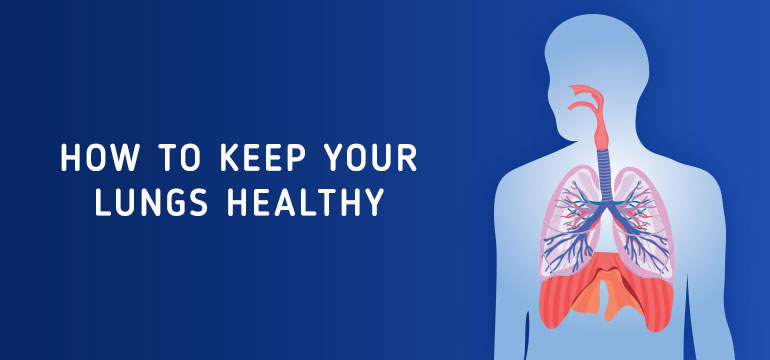
We generally don't give precedence to the importance of our lungs to keep us well and strong. Often, we start taking them into notice when we encounter breathing problems. In reality, our lungs need care and attention similar to other body parts.
By breathing, we feed oxygen to all cells within our body. Without a sufficient supply of oxygen, people are likely to experience health problems such as pulmonary diseases, heart ailments and respiratory issues. However, ordinary breathing is not sufficient to keep the oxygen flowing throughout the body at peak levels.
Since the regular activities does not help in using the lungs to full capacity, you need to opt for intense lung activities to challenge your organ. This helps in overcoming the build-up of tar and toxin in the lungs caused by allergens, cigarette smoke, pollutants, etc. to clean out the lungs
To improve the health of your lungs, here are a few things you can do:
Also Read: Tips to Get Rid of Sores on Roof of Mouth
Diaphragmatic breathing is one of the few things that you can do to ensure that your lungs are functioning properly. This technique can be readily used by people with lung diseases such as chronic bronchitis, emphysema, asthma, etc. this exercise can also be practiced by healthy individuals for improved lung health.
For diaphragmatic breathing, make use of your diaphragm muscles that separate the organs in the abdomen from the lungs. By simply concentration on lowering the diaphragm while you breathe in, you will be able to inhale better. This technique is followed by singers to increase their lung capacity.
Deep breathing is an activity that can help your lungs in reaching full capacity. When you inhale slowly, your belly consciously expands with awareness of your lower diaphragm. Then start expanding your ribs, enabling your floating ribs to branch out as wings, then, focus on allowing the upper chest to expand and lift. Once done, start exhaling as much as possible by letting the chest fallout. Your ribs will contract and the stomach muscles will go in and up to lift the diaphragm.
You can increase the capacity of your lungs by increasing the duration of the exhalations and inhalations. You can start by counting how long your natural breath lasts. If it takes five counts to inhale, it will take five counts to exhale. Therefore, you'd want them to be equal in length.
Once you are successful in determining the count of your average breath, add another count to each inhale. Do this each time and extend the time required to fill out and empty your lungs. Make sure that you don't feel uncomfortable or strain your lungs. The mantra is slow and steady wins the race.
Our lungs have a soft structure, they tend to take up the space you make for them. Try sitting tall and reach overhead making more space for your lungs.
Since the lungs are soft structures, they only take up the room that you make for them. A simple way to give your lungs more room is by leaning back in a stable chair, lifting up your chest and opening the front of your body while breathing deeply.